Introduction: Triply circle use composite materials for optimal performance.
In cookware manufacturing, the materials used play a pivotal role in determining the product’s heat efficiency, durability, and overall performance. The construction of triply circles, which are integral to high-quality cookware, relies on a carefully selected combination of materials to achieve these properties. But what exactly are the key materials used in the construction of triply circle?
Triply circles typically consist of three layers: stainless steel, aluminum, and sometimes copper, each serving a specific function to enhance cooking performance.
Let’s explore these materials and how each contributes to the effectiveness of triply cookware.
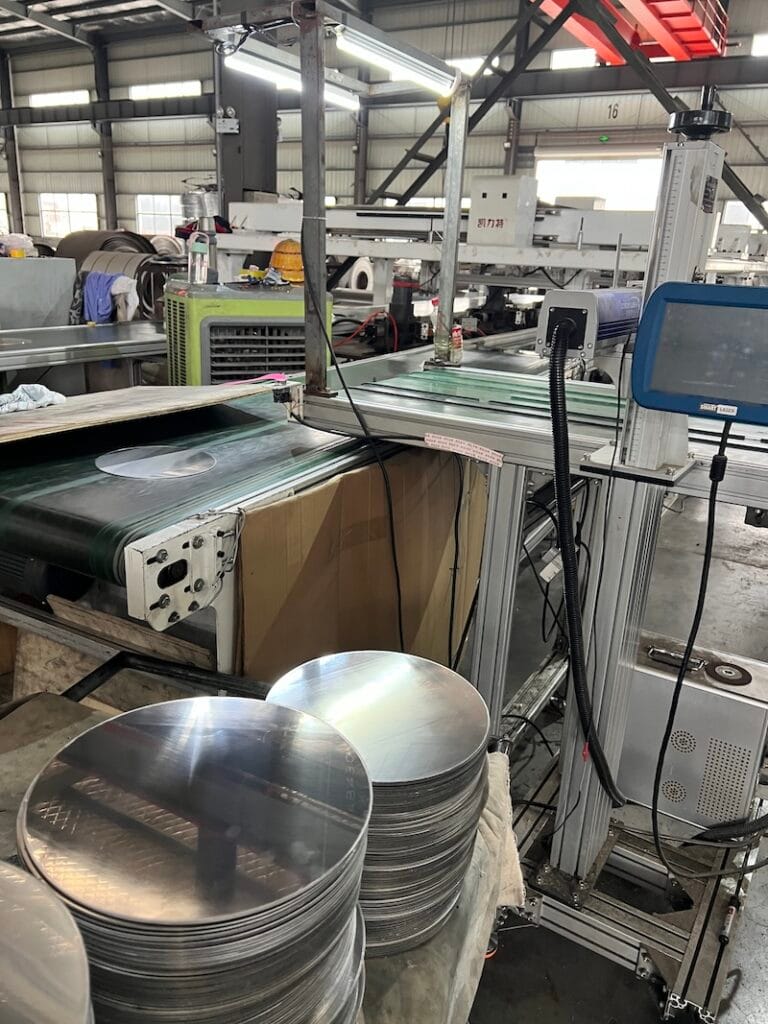
What Is the Role of Stainless Steel in Triply Circles?
Stainless steel is the outermost layer in triply circles, offering several key advantages that make it ideal for cookware.
• Durability: Stainless steel is known for its resistance to rust, staining, and corrosion, ensuring long-lasting durability in the kitchen.
• Strength: It provides structural integrity, preventing warping or deformation under high heat, which is crucial for maintaining the shape of cookware over time.
• Aesthetic Appeal: Stainless steel has a sleek, shiny surface that enhances the visual appeal of cookware, making it a popular choice for premium kitchen products.
Stainless steel’s durability and aesthetic appeal make it an essential outer layer in triply circles.
How Does Aluminum Contribute to Triply Circles?
The core material of a triply circle is often aluminum, and it plays a critical role in the cookware’s performance.
• Excellent Heat Conductivity: Aluminum is one of the best heat conductors, allowing for quick and even heat distribution across the cooking surface. This reduces cooking times and eliminates hot spots, ensuring uniform cooking results.
• Lightweight: Aluminum is lighter than many other metals, which makes cookware more manageable and easier to handle, especially for home cooks.
• Cost-Effective: Aluminum is generally more affordable than other metals like copper, which can help keep the overall cost of triply cookware competitive while still providing excellent cooking performance.
The aluminum core is crucial for rapid and even heat distribution, making it ideal for various cooking techniques.
Why Is Copper Sometimes Used in Triply Circles?
While not always included, copper is sometimes used as an additional layer in high-performance triply cookware, usually between the aluminum core and the stainless steel exterior.
• Superior Thermal Conductivity: Copper has a much higher thermal conductivity than aluminum, allowing for extremely precise temperature control, which is highly desirable in professional-grade cookware.
• Enhanced Heat Control: Copper’s responsiveness to temperature changes enables more efficient cooking, especially for delicate recipes that require precise heat management, such as sauces or candy making.
• Aesthetic Appeal: Copper adds a distinctive, luxurious look to cookware, which is often used to enhance the visual appeal of high-end kitchen products.
Copper enhances heat control and adds aesthetic value to triply cookware, though it is often optional for most cookware sets.
How Do These Materials Work Together in Triply Circles?
The combination of these materials results in a well-balanced cookware system that maximizes the benefits of each layer.
• Core Layer: The aluminum core provides excellent heat conduction, ensuring that the cookware heats up quickly and evenly.
• Stainless Steel Exterior: The stainless steel outer layers offer strength, durability, and resistance to corrosion while maintaining a sleek, professional look.
• Optional Copper Layer: If included, copper improves heat responsiveness and allows for even more precise temperature control.
The synergy between stainless steel, aluminum, and copper results in cookware that is efficient, durable, and versatile.
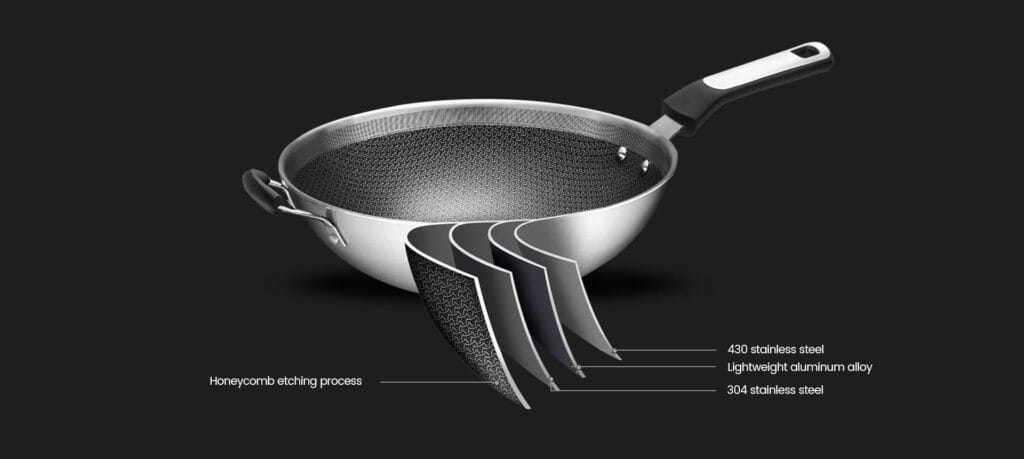
What Are the Benefits of Using Composite Materials in Triply Circles?
The use of composite materials in triply circles provides several advantages that enhance both cooking performance and the longevity of the cookware.
• Even Heat Distribution: The combination of metals ensures that heat is distributed evenly across the surface, eliminating the risk of hot spots and promoting uniform cooking.
• Energy Efficiency: The rapid heat conduction properties of aluminum and copper mean that cookware can reach the desired temperature faster and retain heat for longer, helping to reduce energy consumption during cooking.
• Durability and Resistance: The stainless steel exterior protects the cookware from scratches, stains, and rust, while the aluminum or copper core resists warping under high heat.
Composite materials in triply circles ensure that cookware performs efficiently and withstands the rigors of everyday cooking.
Claim: The Key Materials in Triply Circles Maximize Cooking Performance and Durability
The use of stainless steel, aluminum, and occasionally copper in triply circles creates cookware that is both high-performing and durable. These materials work together to provide excellent heat distribution, energy efficiency, and lasting durability, making triply cookware a top choice for both home cooks and professional chefs.
Conclusion: The Strength of Triply Circles Lies in Its Material Composition
In my experience, the materials used in triply circles—stainless steel, aluminum, and copper—play a crucial role in creating cookware that excels in heat distribution, durability, and overall performance. Each material contributes unique properties that combine to make triply cookware efficient, reliable, and long-lasting, ensuring it meets the needs of any kitchen.

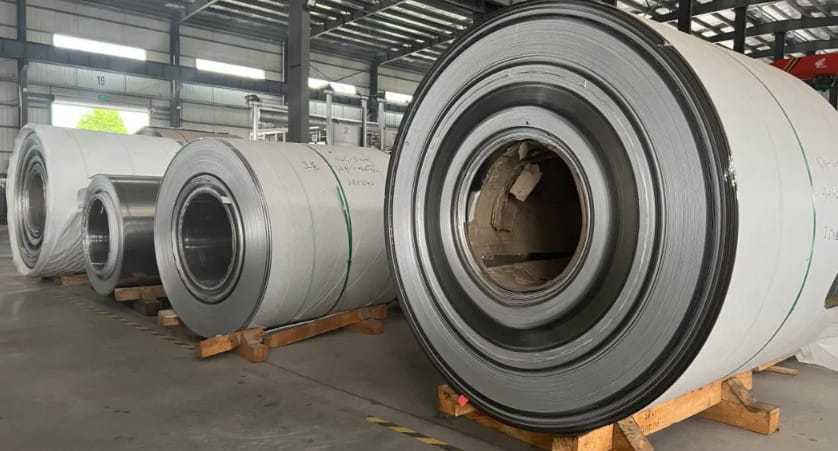

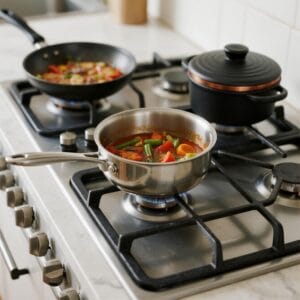
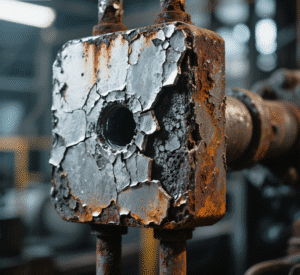
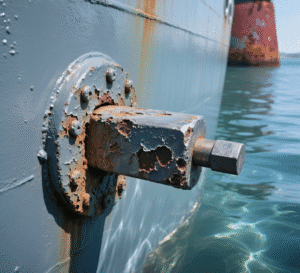
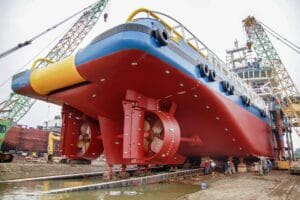
One Response